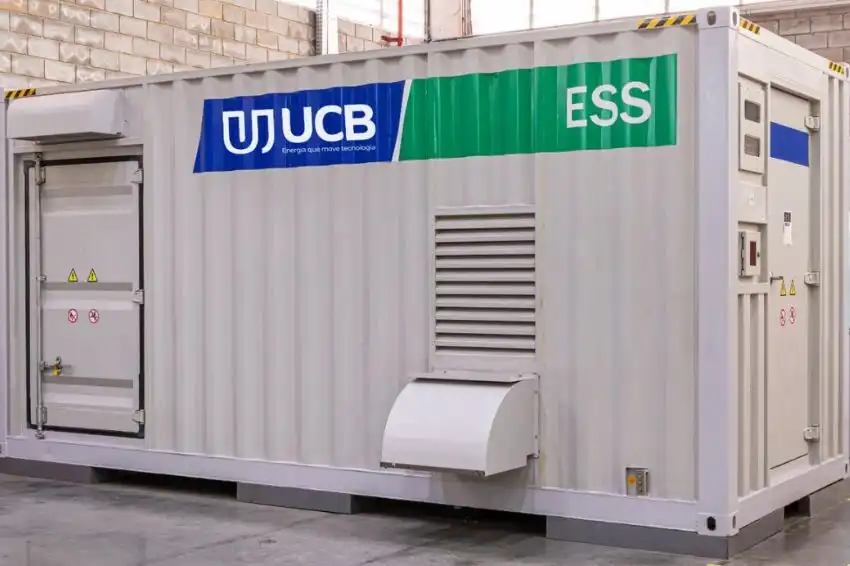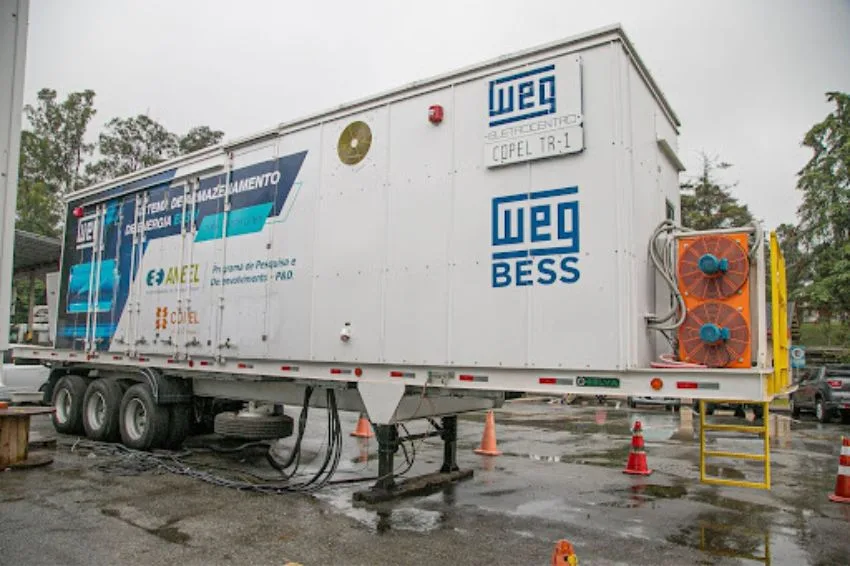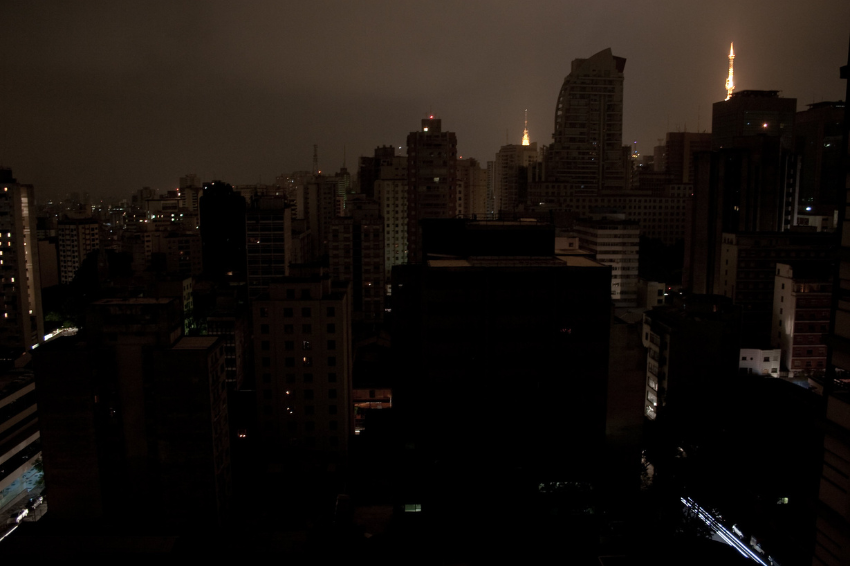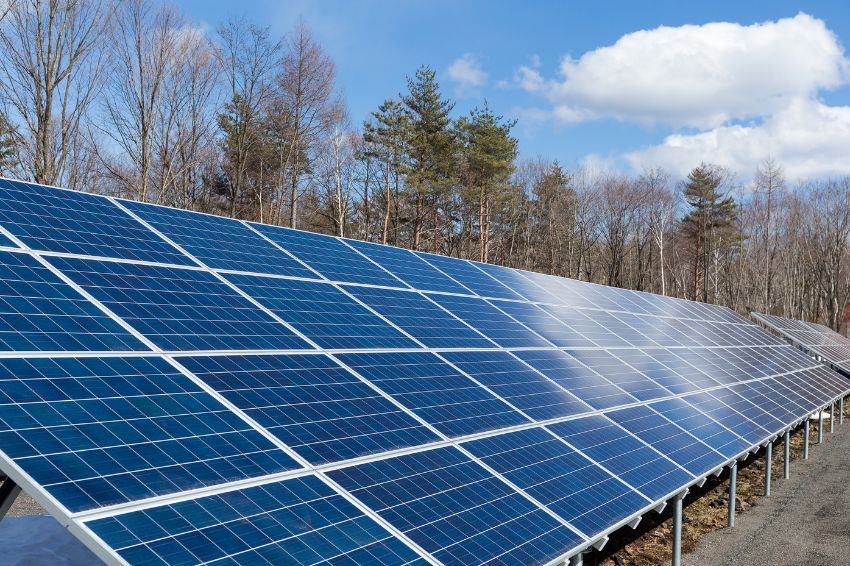Report published in the 22nd edition of Canal Solar Magazine. Click here and download now for free!
Reality for millions of consumers in Brazil, the solar energy continues to evolve and to present innovations that propose greater energy efficiency, good financial returns and comfort for users.
At the moment, one of the market's bets has been hybrid systems, that is, those that combine the benefits of being connected to the concessionaire's network with the autonomy provided by battery storage, when operating in two generation modes: on-grid and off-grid.
The model is especially beneficial in places where machines and equipment cannot stop due to constant power outages.
Furthermore, with the new rules imposed by Law 14,300/2022, where consumers pay the charges when they inject their energy into the grid, this solution can enhance the financial return on solar energy, especially in the post-transition period where grid usage costs are expected to increase.
However, many integrators still feel insecure with the possibility ofand add this solution to your sales portfolio, either because they have become accustomed to working only with on-grid systems for a long time or because of misinformation.
One research published by Greener, For example, it reveals that half of Brazilian integrators still do not work with hybrid systems with its customers – which, in the opinion of experts, is a big mistake.
For Luca Milani, CEO of 77 Sun, a company specialized in managing solutions for the distributed generation photovoltaic chain, the professionals who do not adhere to this type of solution are being left behind in the market.
“At the beginning of the photovoltaic sector, I remember as if it were yesterday, that we sold 330W polycrystalline modules. Today, we are talking about modules with a series of new technologies, completely different powers and efficiencies,” he said.
“The same thing happened with inverters. Nobody was talking about microinverters five years ago, much less about hybrid inverters. In other words, technologies in our sector are advancing very quickly and batteries are here to stay, because we have many possibilities for exiting the Brazilian market”, he assessed.
To Canal Solar, Milani also highlighted that In more mature markets, batteries are already a reality. “In the American market, around 40% of residential solar energy systems already have battery banks or some type of storage.”
For him, this market has not yet taken off in Brazil as it could because there are still a large number of professionals not working with the technology and because the cost of batteries in the final price of a photovoltaic system is still high, which makes many consumers scared when they receive a proposal.

However, the professional highlights that prices have fallen on the world market and that batteries can add a lot of value to the consumer.
The increase in the price of the system due to batteries should not be treated by integrators as something that will prevent them from selling them, since many consumers have become interested in batteries and it is up to them to know how to properly explain the benefits of this solution.
According to Milani, the commercial and industrial market is an excellent entry point for those who want to commercialize their first hybrid systems on the market, since these consumption classes depend on the energy supply to obtain their financial results.
In this sense, the CEO of 77 Sol explains that to add a battery to a solar energy proposal, the first step is to be able to deliver to the customer exactly what return they would be able to obtain from the battery system.
“The sales argument to be used with the customer is: ask if they would like to have energy in their property whenever there is a network unavailability on the part of the concessionaire. If that answer is yes, he will have to have a generator. And, much better than having a generator, is having a battery and solar system”, he highlighted.
“Just like on-grid systems, in battery storage it is also possible to calculate the ROI (Return on Investment). Often, this return may not be as tangible as in an on-grid system, but, on the other hand, we are able to add other arguments that are much more advantageous for the customer, such as energy availability. After all, how much does it cost to not have electricity? For many consumers it costs a lot”, he highlighted.
Finally, he also draws integrators' attention to the need for them to seek technical knowledge before working with technology. “Fortunately, we have many high-quality courses on the market, such as those at Canal Solar”, he highlighted.
Another way to obtain technical knowledge, according to the professional, is through battery manufacturers and distributors themselves. “We at 77 Sol and many distributors, for example, have after-sales teams that can help the integrator understand how to install this solution with their customer”, he revealed.
Batteries as a solution for flow reversal
One of the problems most encountered by integrators for about a year in Brazil is the inversion of power flow in the concessionaires' distribution network. Controversy or not aside, flow reversal occurs when the amount of energy injected from DG is greater than the demand of consumers connected to that same network.
To check the full content, just download the Canal Solar Magazine for free in this link.
All content on Canal Solar is protected by copyright law, and partial or total reproduction of this site in any medium is expressly prohibited. If you are interested in collaborating or reusing some of our material, we ask that you contact us via email: [email protected].

















One Response
Good, excellent report, particularly I'm already working with this hybrid system with batteries. But I confess that there's still a lot to learn. I really liked this subject and I'm trying to learn more every day, but this new wave of technology is only growing every day. thanks tmjuntos